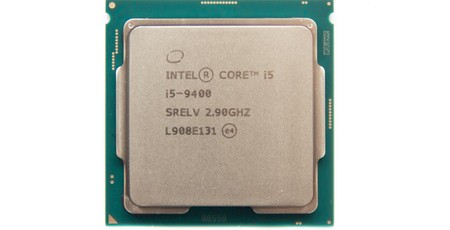
Manufacturer: Intel
UK price (as reviewed): £189.98 (inc. VAT)
US price (as reviewed): $184.99 (exc. tax)
We had some fairly encouraging signs from Intel's sub-£200 offerings with Coffee Lake when the Core i3-8350K landed and we essentially had a Core i5-7600K - the go-to CPU for mid-range systems prior to Ryzen's arrival - for a fraction of the cost. You still needed a Z-series motherboard to get the most out of it, but when more affordable models were available it was a great CPU for gaming-focussed systems.
The same could not be said for Intel's at-the-time answer to stepping up from the Core i3-8350K, the Core i5-8400. Initially, it received a cold reception thanks in part to a lack of non Z370-chipset boards, which took months to appear. This meant you had to spend over the odds on an overclocking-capable board when, in the case of the Core i5-8400, you clearly didn't need to.
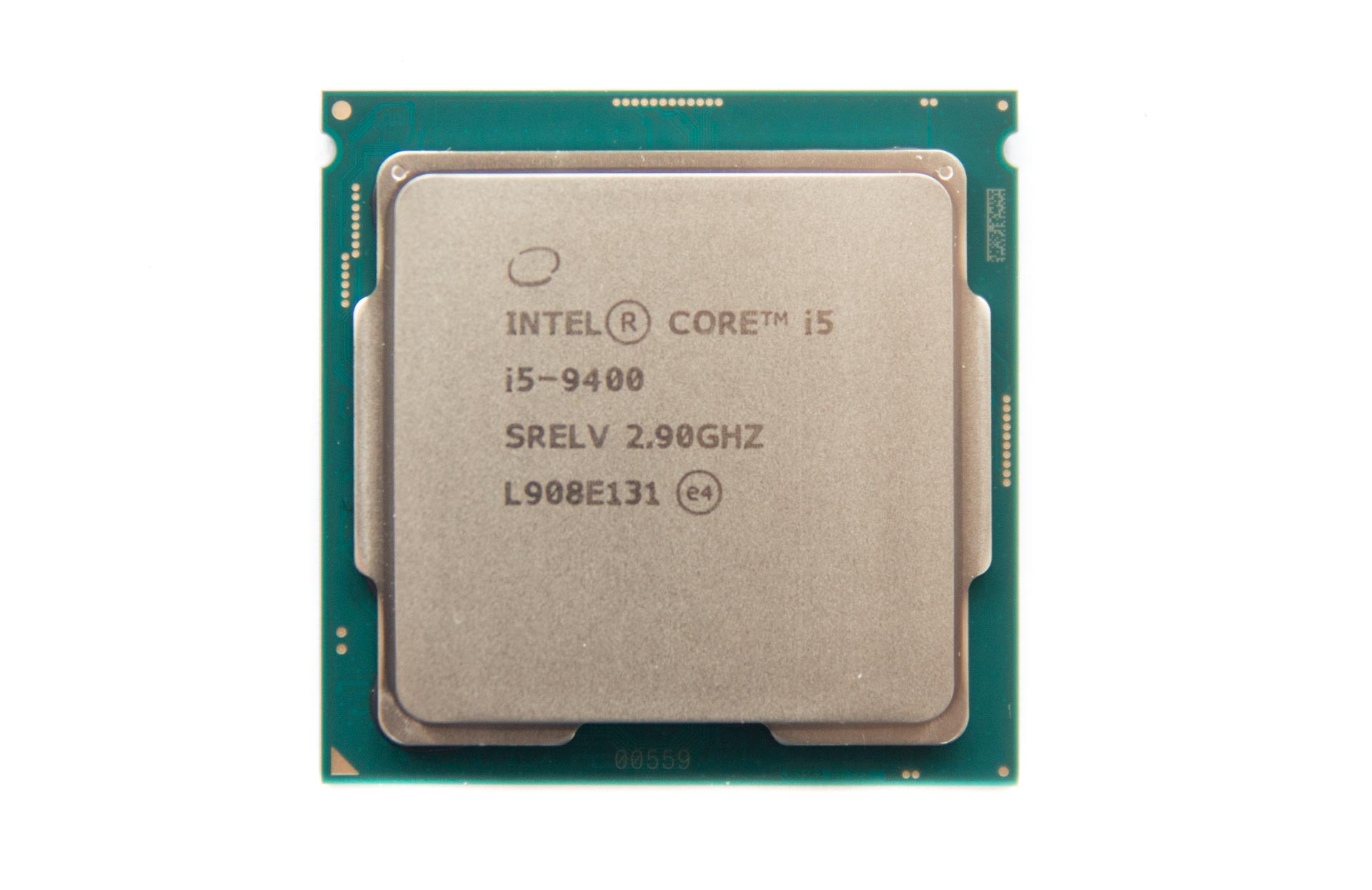
Despite shortages across its 14nm offerings, though, the Core i5-8400 did eventually become reasonably popular, offering 50 percent more cores than the Core i3-8350K, not requiring an expensive Z-series board, and offering a huge saving over the overclockable Core i5-8600K, which created an important price divide between the two. Today, we're looking at the Core i5-8400's successor, the Core i5-9400, which doesn't add much to the equation at face value, but with it being a locked CPU, every little helps.
The available specifications from Intel point at base and peak turbo frequencies of 2.9GHz and 4.1GHz respectively, and we saw an all-core boost of 3.9GHz if you're wondering where you'll be when throwing some multi-threaded tasks its way. These are all 100MHz higher than the Core i5-8400, which has base, peak turbo, and all-core turbo frequencies of 2.8GHz, 4GHz, and 3.8GHz. This is where the Core i5-9600K aims to justify its price, because apart from having an unlocked multiplier it has an 800MHz higher base frequency, 500MHz higher turbo frequency, and 400MHz higher all-core boost frequency - and that's before we consider that that CPU is usually good for 5GHz across all cores. However, all three aforementioned six-core CPUs have the same 9MB L3 cache and 1.5MB L2 cache.
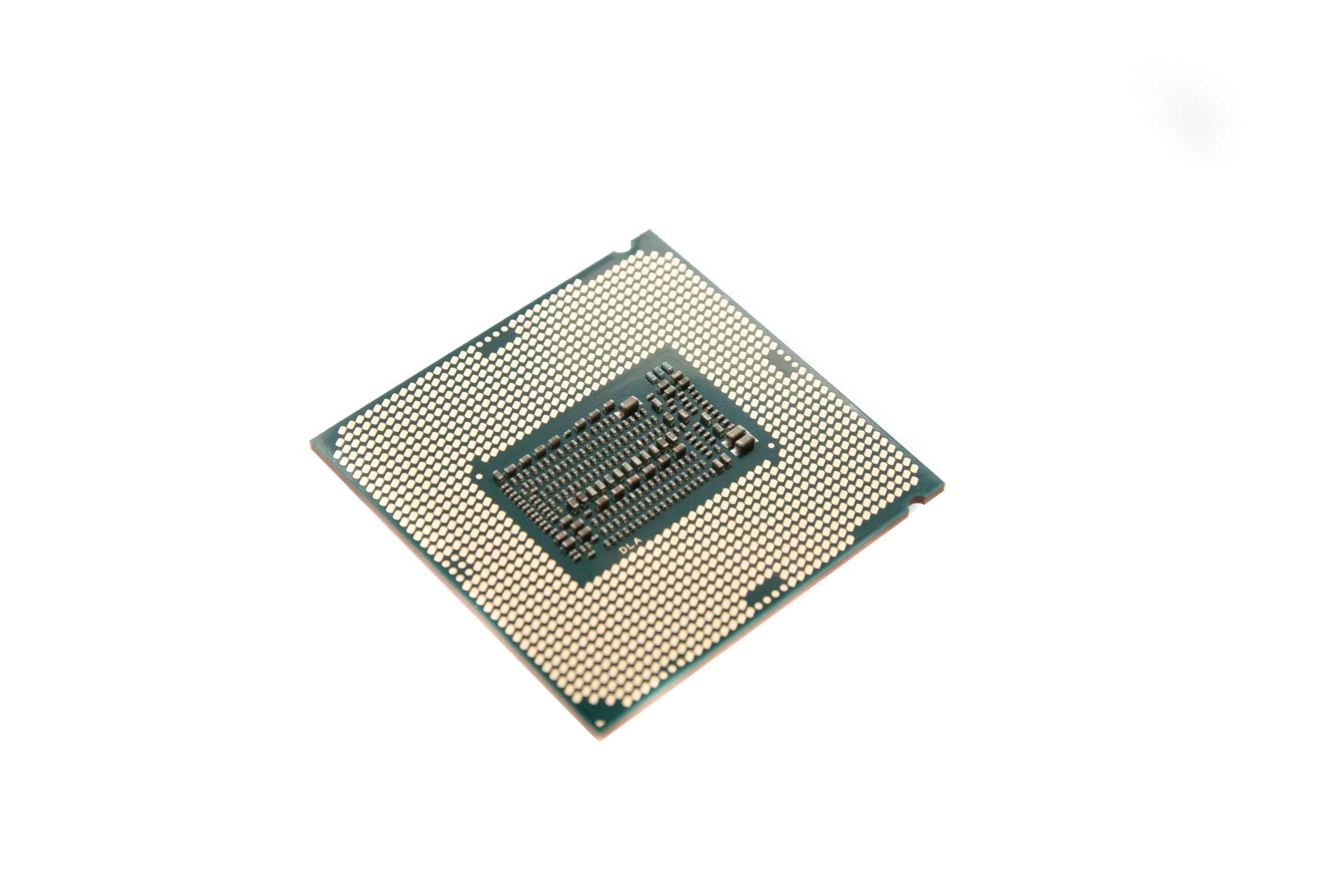
The onboard graphics remains Intel's UHD 630, and the specifications are the same here too with a 1.05GHz maximum dynamic frequency and a maximum of three displays. On that note, the inclusion of onboard graphics is the only difference between this CPU and its F-series sibling, the Core i5-9400F - clock speeds and the like are identical. This is an important point too, because at least one retailer had the latter CPU available for less than £150 when we wrote this. That's a sizeable saving over the CPU we're reviewing today if you won't be needing onboard graphics to either power your primary display output via the motherboard or as a backup in case your graphics card fails - we've been there and done it, and it is a (very) handy feature when this happens. Both CPUs have a TDP of 65W, and, if you're not using a Z-series chipset, will be limited to a memory speed of 2,666MHz.
Specifications
- Base frequency 2.9GHz
- Turbo frequency 4.1GHz
- Core Coffee Lake-S
- Manufacturing process 14nm
- Cores/threads 6/6
- Cache L2: 6 x 256KB; L3: 9MB
- Memory controller Dual-channel DDR4, up to 2,666MHz
- Packaging Intel LGA 1151 V2 (Coffee Lake / Z370 onwards)
- Thermal design power (TDP) 65W
- Features Turbo Boost 2.0, SpeedStep, AVX, AVX2, MMX, SSE, SSE2, SSE3, SSSE3, SSE4, SSE4.2, EM64T, F16C

MSI MPG Velox 100R Chassis Review
October 14 2021 | 15:04

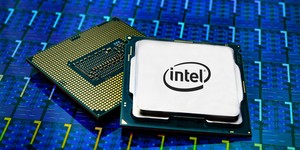
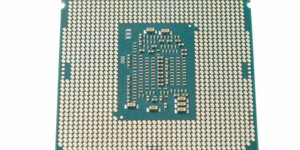
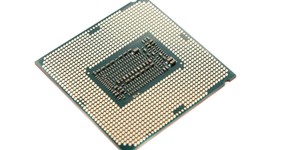




Want to comment? Please log in.